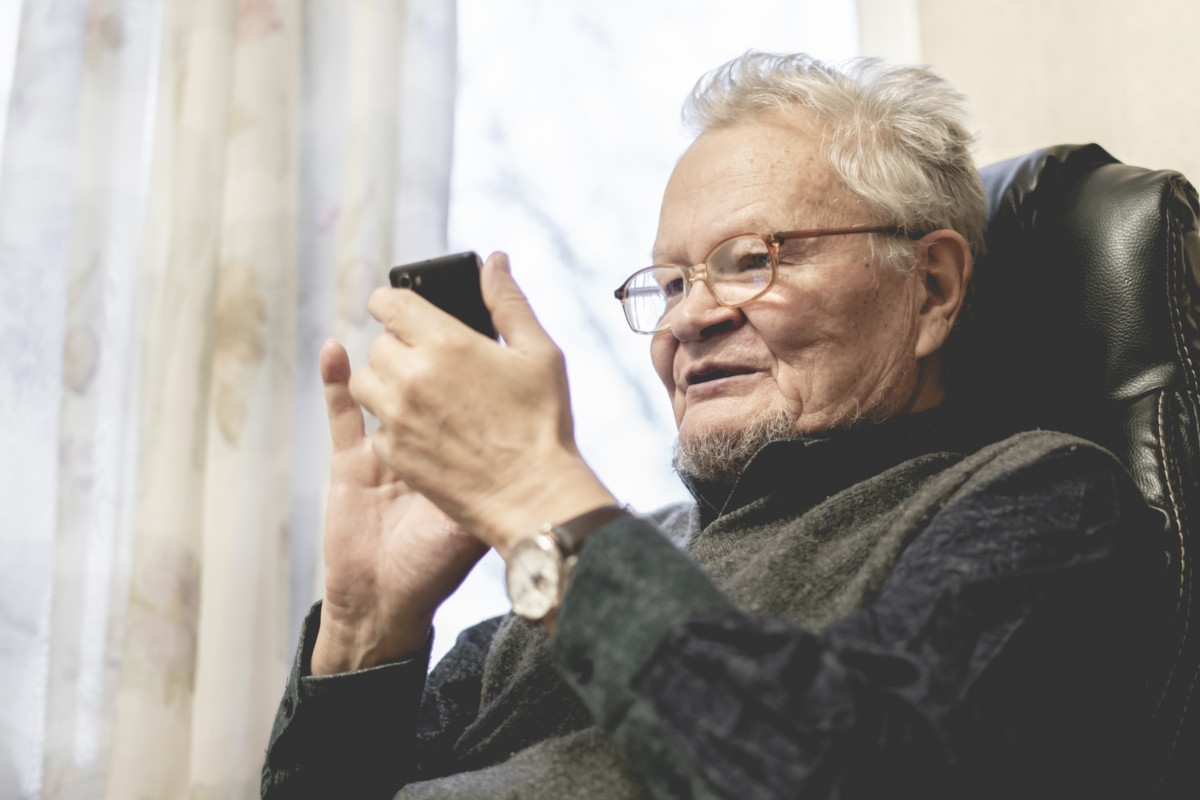
With the rise of COVID-19 and the need for increased home monitoring, in particular pulse oximetry, there is renewed interest in the role of digital in supporting this pathway.
Dr Shanil Mantri, GP and Clinical Digital Advisor to the West of England AHSN, shares his advice on what should to be considered when contemplating a digital solution.
With the current challenges of the COVID pandemic, the ability to monitor people remotely in their homes and in care homes has become an essential tool in detecting early signs of deterioration. Remote monitoring technologies have the potential to give clinicians (including GPs, community staff and hospital consultants) an up-to-date, more complete picture of a person’s health status, allowing better management and early detection of an acute illness. Use of these technologies can also promote more efficient, pro-active health care by directing health resources to the appropriate individuals.
Based on my own experience of introducing and supporting new digital technologies, here are what I believe are the key steps you need to work through.
1. What’s the pathway?
The most important first step in any digital programme is to decide what you are hoping to achieve. There is always a desire to be led by a digital product and fit the pathway around it. This can lead to potential gaps and compromises that may not be apparent until a programme is up and running. A clear pathway allows identification of what the requirement is for digital, which parts of the pathway are best suited to innovation, and what the requirements are.
The current pilots of COVID Oximetry @ Home do have a clear clinical pathway, which is helpful. However local systems need to decide on how and who will deliver the different elements, as this will have a bearing on a digital solution.
2. Which product (or products) best meets your pathway needs?
Once a pathway has been agreed the next step is to think through what type of digital product is required. Remote monitoring solutions currently being endorsed by NHSX can be split into three main categories with certain products being able to achieve one, two or all three:
- Capture: Devices/services that collect information (such as oxygen saturation or a system that can capture clinical symptoms). This category spans the simple (a stand-alone pulse oximeter or paper forms to allow recording of symptoms) to the sophisticated (a Bluetooth pulse oximeter that automatically sends information to a patient’s clinical record or a smart phone app, which then transmits answers into an online dashboard). You should consider how frequently information needs to be captured. Certain systems can allow for continuous monitoring, but this requires engagement from the patient, for example would they tolerate walking around at home attached to a sensor? Others can automatically remind patients to take readings or give feedback on symptoms.
- Communicate: Once information is captured how is this transmitted to the clinician? How does a clinician respond back to a patient, perhaps to ask for more information or to provide reassurance? The most straightforward solution in this category is the telephone. However, it can include SMS messages, web forms and smart phone apps.
- Coordinate: With a number of patients on a virtual ‘ward’, how do clinicians organise the patient list? Can this list be seen by multiple professionals, perhaps on different sites? Can potential risk (based on readings / symptoms) be organised so that the most at risk are at the top? Can a system give a patient direct feedback without need for a clinician, perhaps if all parameters are normal?
3. Is the technology proven? Is it safe?
When rolling out a digital solution, consideration around clinical safety needs to be made locally. A company will take responsibility for the effectiveness of its product but ultimate clinical responsibility will be with the local system (clinical governance). When looking at a solution, you need to understand the underlying technology and whether it is proven. Is it being used for the same purpose in other parts of the country? Are there potential risks? For instance, if there is an automated system that ranks patients with COVID into different risk groups, how is this algorithm derived and has it been tested?
4. How does this product fit in with existing systems?
An understanding of your existing technology landscape is crucial in any new digital deployment. How will the new system interact with current IT systems? Is there an expectation that clinicians need to log into a different system (How easy will this be? What if they lose their login details? Might they forget to check?), or does all information flow into an existing patient record?
5. Who could be missed by a digital solution?
When rolling out a new solution, alternatives need to be considered. For instance, having a smart phone app as the only way to interact could exclude the less technology literate (including those without a smart phone or tablet), people with learning difficulties, those with a visual impairment or a patient for whom English is not their first language.
Going through the above will hopefully focus your mind on the thought process around a digital product roll out. It is easy to be seduced by technology and the latest gadgets. The importance of being clear about the pathway and what you want a digital solution to do cannot be overstated. Don’t just assume that a complex digital solution is the answer, as sometimes the simplest technology (pen, paper and telephone) can be all that is required.
Find out more
You’ll find more information about COVID Oximetry @ Home and the support available from the West of England AHSN on our website here, or email Nathalie Delaney at nathalie.delaney@weahsn.net.
And read more about our support for the NHSX-led remote monitoring programme across the South West on our website here.
Posted on November 9, 2020 by Dr Shanil Mantri, GP and Clinical Digital Advisor to the West of England AHSN


